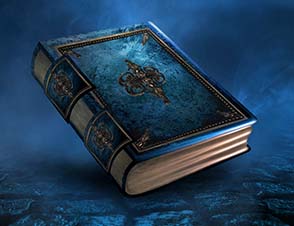Tomfidence
I asked my friend Tom Kelleher, who has so much confidence that we call it”Tomfidence” whether when he goes to a PTQ, he expects to Top 8. He said,”Of course, since I expect to win, I would necessarily have to Top 8 first.” And, not infrequently, he does. Three times, on the way to Maryland PTQs, Tom has stated that”since he was winning today, the rest of you must be along for the ride. Though I appreciate the company.” Twice, he won. So what effect does this ridiculous confidence have on your game, and how can you develop it?

